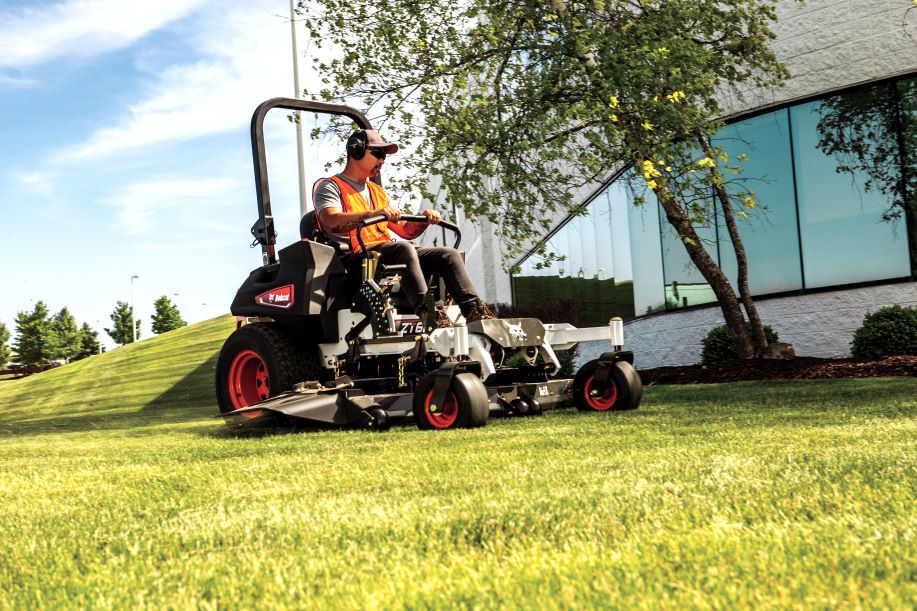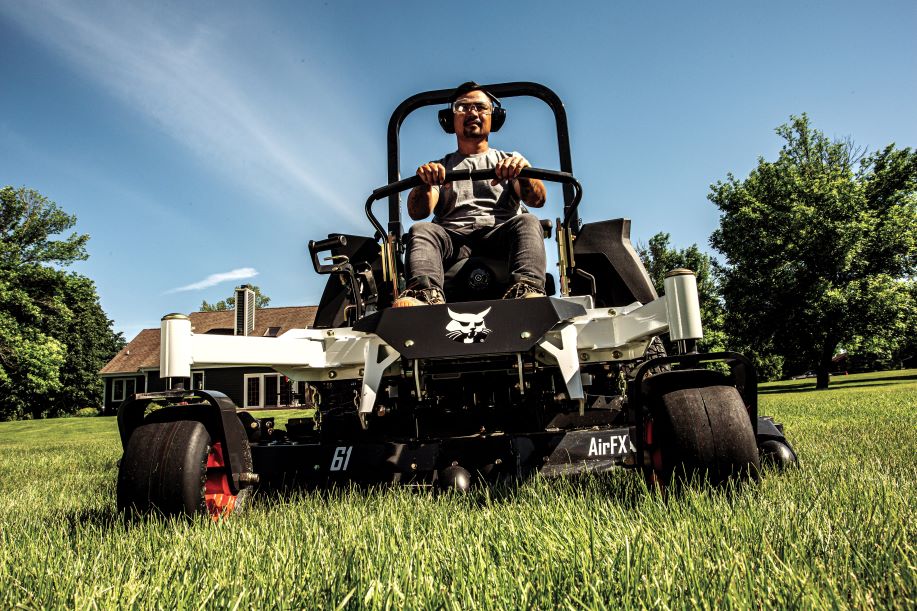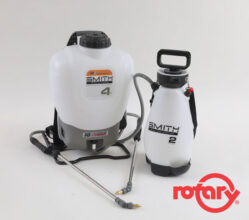Zero-turn mower maintenance and operating tips

By Ron Scheffler
When it comes to growing and expanding your lawn care business, purchasing a zero-turn mower is one of the most important investments you can make. Its versatility and durability make it an effective tool for lawn maintenance and tackling the toughest mowing jobs. Zero-turn mowers are engineered to keep crews productive and profitable and include innovative technologies that give operators a professional edge. So, why wouldn’t you do all you can to protect your investment and safeguard your machine from operation woes?
Proactively maintaining your machine will improve the longevity and productivity of your investment. An effective maintenance program is even more important for lawn care professionals who rely on their mowers for their livelihood. Here are four important considerations when it comes to protecting your machine investment:
Routinely clean your zero-turn mower
Lawncare professionals and homeowners alike who are looking to create professional-grade results are wise to choose a zero-turn mower. These machines are designed to tackle the most challenging mowing tasks with precision and ease, and leave a professional cut. But to achieve ideal results, it’s important to routinely clean your zero-turn mower.
The first step in the cleaning process is to ditch the garden hose or pressure washer. Instead, use air pressure to regularly clean your mower. You will want to ensure that grass clippings and other debris are cleared from the deck pulleys, engine compartment, and other areas.
Air pressure can be directed through the deck cover blowout ports for a quick, end-of- day cleanout. For a more complete cleaning, you may want to remove the deck covers and brush off unwanted debris before using air pressure. To access the deck top, lift up the foot plate. This allows you to easily view and clean the hardest-to-reach places of your zero-turn mower.
It’s important to remember to clean out the engine of your zero-turn as well. For models with a rotating bumper, open the bumper up for simple engine access. And don’t forget – use air pressure – not water!

Check tire pressure
Before you take your mower for a spin, be sure to check the pressure on all four tires. Typically, the rear drive tires should be at 12 psi with the front tires at 15 psi. You can find the ideal tire pressure for your mower inside the operation and maintenance manual, under the seat plate or printed underneath the foot plate.
Be sure to read and understand the operation and maintenance manuals to ensure you’re properly maintaining your mower per the manufacturer’s recommendations,
Practice safe and effective operations
Safety should always be your top priority. When it comes to personal safety, operators should:
- Wear appropriate personal protection equipment (PPE) including eye and ear wear.
- Keep the roll bar in the raised position and use the seat belt whenever possible. Should you need to mow under low tree branches or other hard-to-reach places, rotate the roll bar down and remove your seat belt. There is no rollover protection when the roll bar is lowered. Lower the roll bar only when necessary and raise the roll bar as soon as clearance permits.
- Always make sure your mower is clean. As mentioned earlier, grass clippings and other debris can impact the operation of your mower and the quality of the cut.
- Review and be familiar with your operation and maintenance manual. The manual will tell you about regular service intervals; when to change the oil in your engine and transmission, when to change your fuel filter, and when to clean or replace the engine air filter.
Here are a few other best practices that should be followed by all zero-turn mower operators:
- Blow grass and debris away from trees, gardens, sidewalks, roads and windows.
- Use a mulching kit and eco-plate kit to shut off the discharge of grass clippings and debris.
- Check for rocks, irrigation heads and other turf hazards before mowing.
- When mowing in wet grass conditions, be sure to reduce your speed, implement square turns, keep your blades sharp and avoid hills.
Perform daily, basic reviews and maintenance
Does your zero-turn mower pass the eye test? Operators should walk around their machine prior to each day’s use to ensure there are no major wear points, damage, leaks or other concerns. After starting your mower each day, take a moment to pause and listen. Does everything sound and feel as it should? Do you recognize any unusual noises or movements? Be intentional with your inspection efforts to mitigate potential issues that could otherwise be avoided. This will reduce your downtime and keep your operations productive and on time. Completing daily maintenance and routine observations should be quick and simple.
Leveraging these strategies will help your business achieve new levels of cost savings and improve the longevity of your zero-turn mower. The investment you’ve made by purchasing a zero-turn mower is a valuable one, and proactively caring for and protecting your machine is something that you will never regret.
Ron Scheffler is senior product manager at Bobcat. Article and photos provided by Bobcat.


